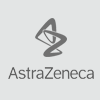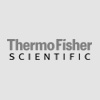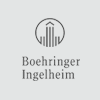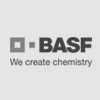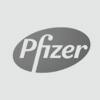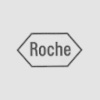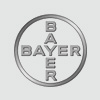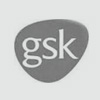Question:
In the HRP conjugate, shouldn't you see a (SDS-PAGE) band around 90 kD if one HRP molecule is conjugated to one IgG?
Resolution:
Unreduced IgG is approximately 155-160 KD and HRP is approximately 44 KD, so the absolute minimum would be roughly 200 KD. In practice, there is a heterogenous mixture of molecular weights, where the predominant species is a large aggregate. The conjugation was performed at an antibody:enzyme ratio of 1:4. This is the ratio that gives the greatest sensitivity in immunological assays. To visualize what is going on, picture the HRP with it's heavily glycosylated surface. These sugars are made amine reactive (periodate oxidation) and are reacted with the purified antibody. The HRP is covalently linked to the antibody wherever there is an accessible lysine. Since the HRP has reactive groups all over it, it may react with another antibody which, in turn, may react with another HRP and so on. This cross-linking event is what causes the large MW aggregates.

